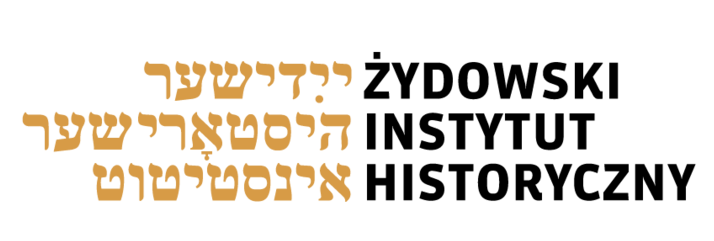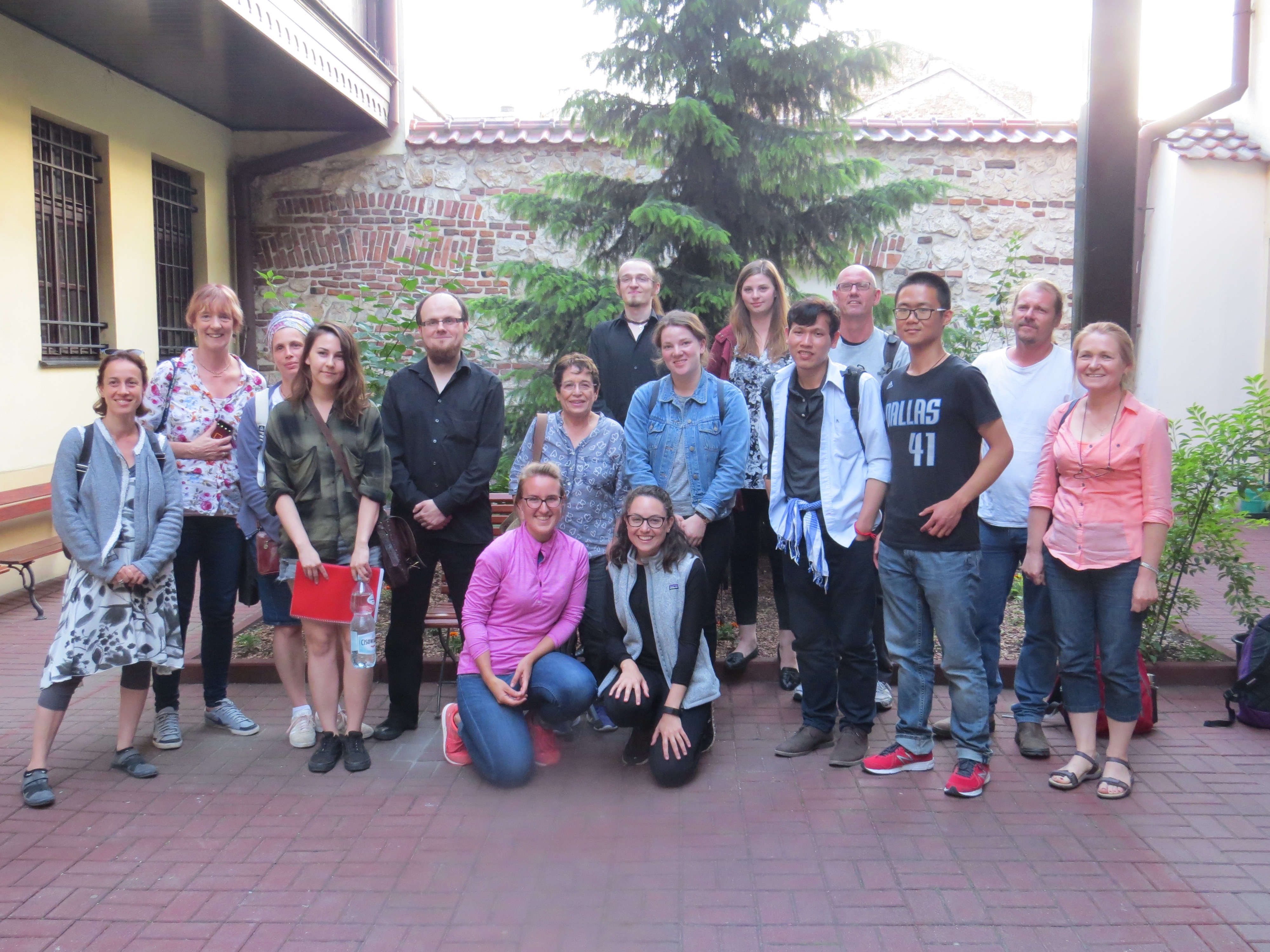 WALKA I ZAGŁADA BIAŁOSTOCKIEGO GETTA
WALKA I ZAGŁADA BIAŁOSTOCKIEGO GETTA
Żydowski Instytut Historyczny
W nocy z 15 na 16 sierpnia 1943 roku Niemcy przystąpili do drugiej, ostatecznej akcji likwidacyjnej getta w Białymstoku.

Okręg Białystok włączono do Rzeszy w lipcu 1941 roku. Wtedy też powstało w Białymstoku getto, w którym zamknięto 45 tysięcy Żydów. Stan ten utrzymał się do lutego 1943 roku, kiedy Niemcy przystąpili do akcji wysiedleńczej z getta. Na ulicach zamarło życie, zniknął śmiech i zgiełk – pisał w rok po wojnie Szymon Datner, historyk, ale też świadek tych wydarzeń – Rozdzierający był widok małych dzieci, apatycznych i zgaszonych, świadomych tego, co je czeka. Kto opisze katusze rodziców, świadomych losu, zupełnej bezradności w obliczu nieuniknionej zagłady. W ciągu kilku mroźnych dni wywieziono z białostockiego getta jedną trzecią jego mieszkańców.
Choć w czasie lutowych wysiedleń działało już w getcie zbrojne podziemie, jego członkom nie udało się przeprowadzić zorganizowanej akcji oporu. Dowódcom zabrakło doświadczenia i jasnego planu działania. Ich skuteczność osłabił też utrzymujący się rozłam struktur podziemnych na, złożony głównie z komunistów, Blok A oraz Blok B, tworzony przez młodzieżowe organizacje syjonistyczne i Bund.




Do zjednoczenia żydowskiej konspiracji udało się doprowadzić dopiero w lipcu. Na czele nowej organizacji stanął Mordechaj Tenenbaum z syjonistycznego Droru, który uczestniczył wcześniej w tworzeniu Żydowskiej Organizacji Bojowej w Warszawie. Jego zastępcą mianowany został komunista Daniel Moszkowicz. Organizacja dysponowała teraz ok. 200 ludźmi, setką pistoletów, kilkunastoma karabinami oraz granatami, produkowanymi w poukrywanych na terenie getta warsztatach. Oprócz tego ok. 150 białostockich Żydów walczyło w oddziałach partyzanckich, działających na terenie otaczającej miasto Puszczy Knyszyńskiej.
Pół roku po pierwszej akcji, Niemcy przystąpili do drugiej, ostatecznej akcji likwidacyjnej getta w Białymstoku. W nocy z 15 na 16 sierpnia oddziały Niemieckie otoczyły getto potrójnym kordonem. Zaskoczenie jego cywilnych mieszkańców było całkowite: Nigdy nie było w getcie tak beztrosko – relacjonował Datner – jak w ostatnich dniach, poprzedzających jego zagładę. Było to w okresie po Stalingradzie, po El Alamain, po zwycięskim zakończeniu [przez Aliantów] kampanii północno-afrykańskiej i lądowaniu na Sycylii. […] Szła pomoc. Niemcy w dalszym ciągu byli zdecydowani wygrać wojnę – z Żydami.

czytaj dalej tu: WALKA I ZAGŁADA BIAŁOSTOCKIEGO GETTA
twoje uwagi, linki, wlasne artykuly, lub wiadomosci przeslij do: webmaster@reunion68.com








